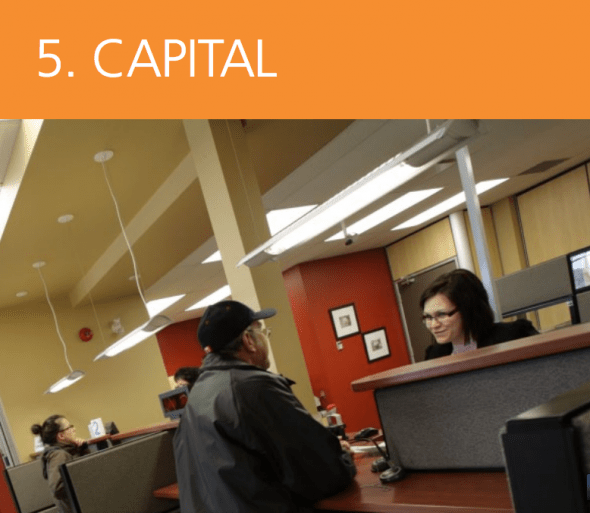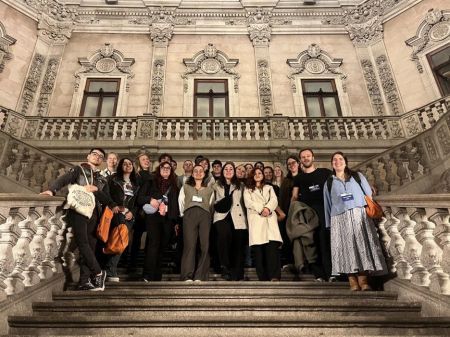The International Cooperative Alliance (ICA), through…
Blueprint outlines goals for raising capital

In a special series of articles, eDigest is examining the Blueprint for a Co-operative Decade to see how each theme is currently being supported by co-operatives . . .
Co-operatives have to find a financial proposition, which provides a return, but without destroying co-operative identity as a means to accessing capital.
The Blueprint sets out the challenges clearly. Co-operatives used to be a place for members to store their money, until banks became more mainstream and offered a better return.
An innovative way to seek capital will enable “people to access their funds when they need them”. There are also options for access to capital outside traditional membership, but, stresses the Blueprint, “without compromising on member control”.
In Canada, this is already happening. Earlier this year, Desjardins, the world’s fifth largest financial co-operative, announced that sales of its new capital shares had reached CAD 1 billion.
These fixed-term shares provide an investment return for holders, plus Desjardins also highlights a social dividend for purchasers. This is in line with one of the thoughts published in the Blueprint: “We need to place our funds where they are more likely to build a better world.”
In the UK, a new Bill has been put to Parliament in an attempt to emulate this. The legislation, if passed by politicians, will allow co-operatives and other mutuals to offer fixed-term shares for an annual return of interest.
Other models of attracting capital have been put into action by European financial co-operatives. In France, Crédit Mutuel has a subsidiary, Crédit Industriel et Comercial Group, which is listed on the Paris stock exchange. The bank is now a public company, with more than 97 per cent of shares controlled by the Crédit Mutuel Group.
Raiffeisen International is Austria’s third largest bank, which is publicly listed on the Vienna stock market. It is 70 per cent owned by the RZB Group, of which 2,200 co-operative banks 88 per cent of the RZB Group.
The Blueprint highlights a number of possible actions that co-operatives can take to ensure more adequate access to capital. These range from promoting and encouraging the funding of co-ops by existing members to ensuring co-operatives have a clear proposition to find additional investments.
It also suggests the movement should build the case for co-operative capital as an inspirational model compared with debt and profit seeking capital; and that a specific co-op index to measure growth and performance should be established.
• For more details on the Blueprint for a Co-operative Decade, visit: ica.coop/blueprint




